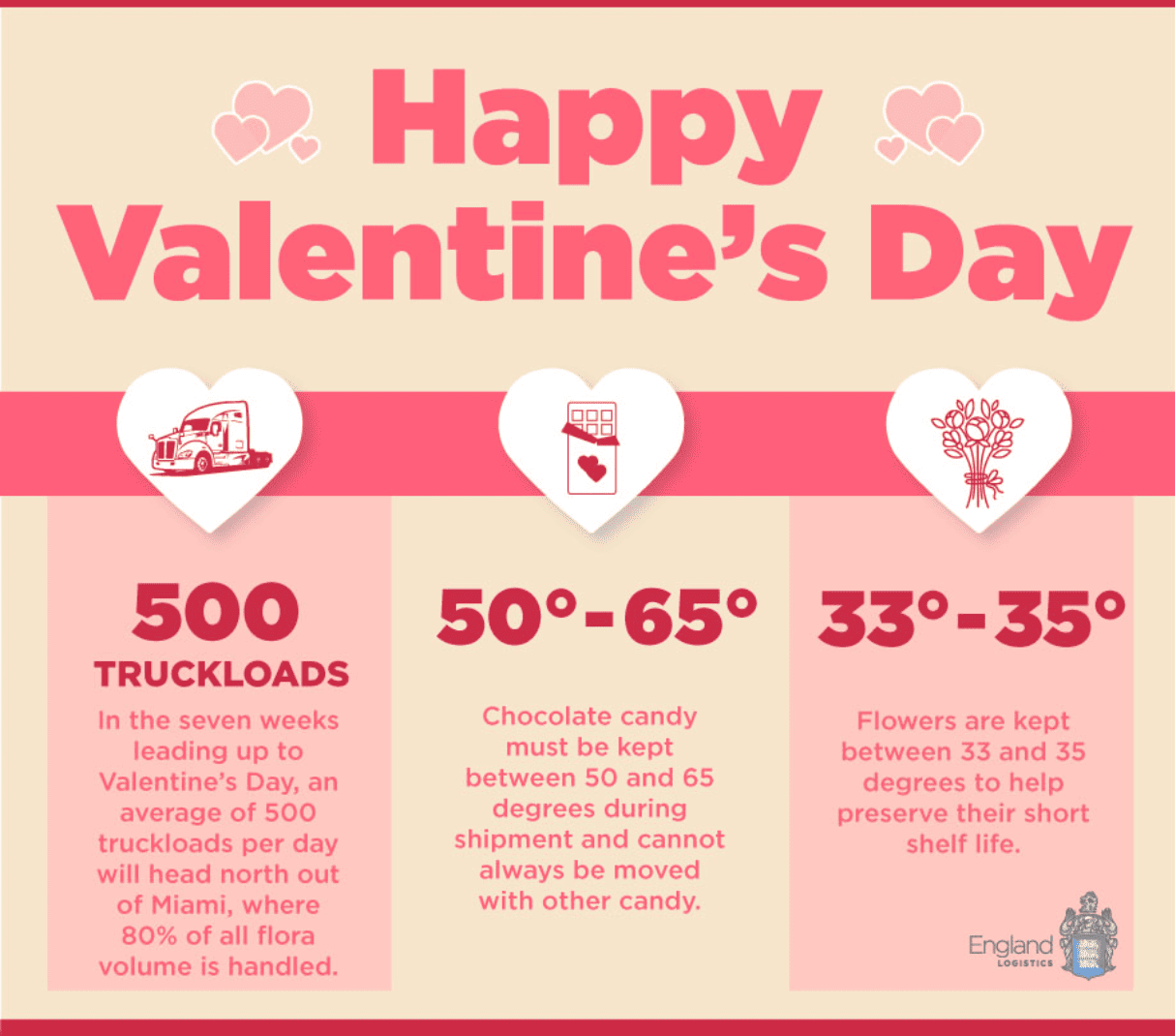In the American consumer landscape, holidays are not just cultural symbols but also crucial drivers of the economy. From Veterans Day, honoring military personnel, to the fun mathematical celebration of Pi Day, businesses employ precise holiday marketing strategies, transforming consumer behavior into nationwide celebratory events. This article analyzes three main themes: veterans day deals, teacher appreciation deals, and pi day deals, to reveal the underlying logic and commercial wisdom of American holiday discount culture.
I. Merchant Participation Across Holidays: A Carnival from Retail Giants to Restaurant Chains
1.1 Veterans Day: The Fusion of Patriotism and Commercial Value
The core strategy for Veterans Day (November 11th) is to convert national pride into purchasing power. For instance, Ace Hardware has partnered with veterans’ organizations annually since 2020, donating 1 million American flags while simultaneously offering discounts on tools and outdoor equipment. This both strengthens the brand’s image of social responsibility and boosts sales of summer-related items. E-commerce platforms like eBay feature military-themed apparel, such as T-shirts printed with “THANK YOU FOR YOUR SERVICE,” starting at $15.99, attracting consumers through emotional resonance.
1.2 Teacher Appreciation Week: Commercial Penetration of the Educational Ecosystem
Teacher Appreciation Week, held annually in May, has formed a complete industry chain:
- Physical Gifts: Sales of personalized mugs, custom greeting cards, and similar items on platforms like Amazon and Etsy increase by 30%.
- Service-Related Discounts: Educational supply brand Calpak offers a 15% discount on purchases over $100, precisely targeting the teacher demographic.
- B2B Cooperation: School administrators often bulk-purchase stress relief toy sets (unit price $1-$10) or professional development course vouchers, reflecting a pragmatic approach.
1.3 Pi Day: Cross-Industry Marketing of Mathematics and Gastronomy
March 14th (Pi Day) has evolved into a pizza economic battle:
- Price Anchoring: Pizza Hut offers a “add a pizza for $3.14” deal, while Marco’s Pizza prices its medium pizzas at the value of $\pi$.
- Tech Empowerment: McDonald’s China launched an AI interactive game “P.AI” for Pi Day 2025, where participants could share a 90,000 RMB cash prize via an app, integrating STEM education into the consumer scene.
- Cultural Spin-offs: NetEase once collaborated with McDonald’s to create a Pi-themed song lasting 3 hours, 14 minutes, and 15 seconds, achieving viral spread.
II. Analysis of Historical Discount Trends: Transitioning from Price Wars to the Experience Economy
2.1 The “Inflation” Effect of Discount Strength
Taking Black Friday as an example, single-day spending reached $59.1 billion in 2012. However, by 2024, the trend of earlier shopping increased Thanksgiving evening’s sales share to 37%. Merchants are gradually shifting from simple price reductions to compound discounts:
- Macy’s launched a “Shopping Marathon,” incorporating live music performances to extend customers’ dwell time.
- Papa John’s implemented member-exclusive tiered discounts on Pi Day to stimulate user loyalty.
2.2 Strategic Extension of the Time Dimension
Holiday marketing cycles have expanded from single days to multiple weeks:
| Holiday | Traditional Cycle | 2025 New Trend |
|---|---|---|
| Veterans Day | November 11th | Summer goods pre-sale starts May 24th |
| Teacher Appreciation Week | First week of May | Gift pre-sale channels open in April |
| Pi Day | March 14th | Math-themed deals throughout March |
2.3 Data-Driven Precision Marketing
According to Bloomberg data, the open rate for holiday discount emails in 2025 decreased by 12% compared to 2020. However, the conversion rate for scenario-based pushes (e.g., sending appliance discounts to users within 3 kilometers of a Best Buy store) increased by 28%. By analyzing user purchase records, McDonald’s sent targeted promotions for its new Matcha Mochi Pie on Pi Day, with first-day sales exceeding 500,000 units.
III. The Psychology of Holiday Shopping: Decoding the Underlying Logic of Consumer Behavior
3.1 Emotional Premium Effect
- Social Identity Driven: Among buyers of Veterans Day T-shirts, 68% stated they “wanted to display their patriotic stance.”
- Guilt Compensation Mechanism: For Teacher’s Day gifts, 43% of parents chose a combination of a handwritten card + gift card, reflecting a psychological repayment of an emotional debt.
- Ritual Construction: Among consumers queuing for a $3.14 pizza on Pi Day, 55% believed “the participation process is more important than the product.”
3.2 Scarcity-Created Impulse Consumption
Macy’s offered a limited quantity of 50 65-inch TVs for $199 on Thanksgiving evening, leading to queues forming at 3 AM. This behavior aligns with Expected Regret Theory—consumers are willing to bear waiting costs to avoid missing out on a deal.
3.3 Accumulation of Social Currency
Users who posted photos of creative pizzas on Pi Day received three times more likes on Instagram than usual. Businesses stimulate user-generated content and free advertising by designing photo walls (like Pizza Hut’s $\pi$-shaped pizza box).
IV. Special Discount Policies for Specific Groups: Precision Targeting from Military Families to Educators
4.1 Privileges for Veteran Families
Ace Hardware offers military families:
- Priority Shopping Access: Entry 1 hour early with a military ID.
- Stackable Discounts: An additional 10% off on grill equipment on top of regular promotions.
- Long-Term Care: Free assembly service with the purchase of outdoor equipment.
4.2 Exclusive Benefits for Educators
- Bulk Purchase Pricing: Oriental Trading Company offers teacher gift packs starting at 50 pieces, with unit prices as low as $2.99.
- Professional Development Incentives: Some school districts convert Teacher’s Day budgets into subsidies for online courses, such as Khan Academy memberships.
4.3 The Pi Value Economy for Student Groups
McDonald’s launched a “Math Challenge Game” on Pi Day, where students could redeem a free pie with their report cards. This model, linking academic performance with consumer rewards, increased the proportion of adolescent customers to 29%.
V. International Holidays vs. American Holidays: Cultural Transplantation and Localization Dynamics
5.1 Globalization of American-Style Holidays
- Black Friday has entered 35 countries, including China and Brazil, but promotional intensity is only 60% of that in the US.
- Veterans Day T-shirts are sold cross-border via eBay, with Chinese buyers accounting for 12%, primarily purchasing military-style apparel.
5.2 Localization of Foreign Holidays
McDonald’s China transformed Pi Day into “Pai DAY,” launching localized products like Red Bean Double-Layer Milk Pie, with sales 41% higher than in the US market. In contrast, the UK’s “Singles’ Day” (11/11) focuses only on cosmetics, failing to replicate the US’s all-category promotional success.
5.3 Cultural Conflicts and Commercial Balancing
During Thanksgiving, Walmart’s requirement for employees to work overtime sparked union protests, eventually resolved with a triple pay + flexible time-off solution. This reflects the need for holiday commercial operations to balance cultural respect and economic benefits.
Conclusion: Three Future Trends in Holiday Consumerism
- Experiential Consumption: Technologies like AR fitting rooms and AI-customized menus will reshape shopping scenarios.
- Sustainable Marketing: In 2025, sales of reusable coffee cups as Teacher’s Day gifts increased by 67% year-over-year.
- Precision Community Operations: LBS-based instant discount pushes will become mainstream.


